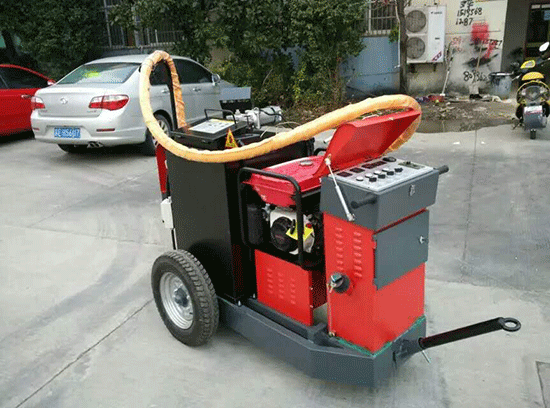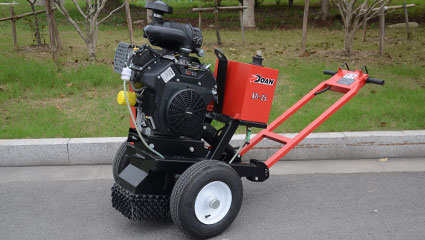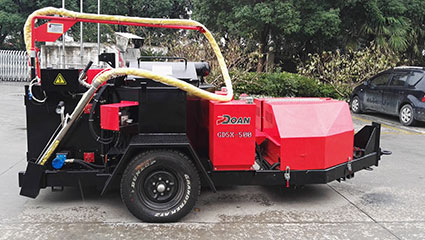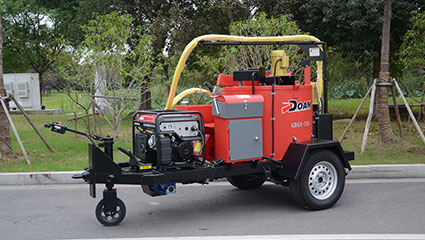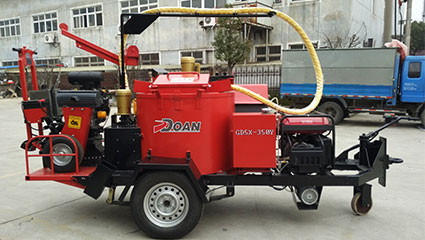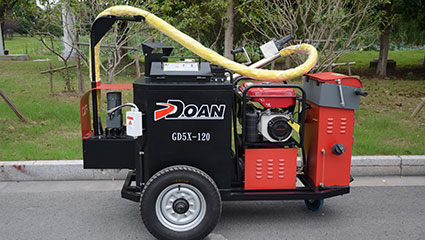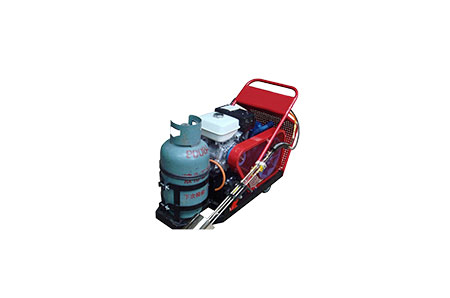Crack Sealing as one of the best early Preventive Maintenance Techniques to prolong the life of your roads. If left go, a single crack will only continue to deteriorate, resulting in more severe distress with more work to repair along with additional costs. Cracks can be devided into block, reflection, edge, longitudinal and transverse. Crack Sealing refers to placement of specialized materials above or into working cracks using unique configurations to prevent water intrusion.
Crack sealing is a very important maintenance technique that is used to prevent water and debris from entering the pavement and to extend pavement life by minimizing crack growth. Manual crack sealing is an expensive procedure that is labor intensive and hazardous. Automating the crack sealing will improve work efficiency and decreases labor cost. There are four main components of a crack sealing machine: image acquisition, crack map detection, path planning, and sealant application.
Automation of crack map detection for the crack sealing machine has been a challenge. In contrast to the requirements for pavement-distress-survey systems, automated crack-sealing machinery must accurately locate individual crack segments so that they can be processed effectively. Secondly, many crack map detection algorithms are not suited for the automatic crack sealers because these algorithms give crack map outputs that are not continuous paths.
This makes it harder to use the crack map directly for the optimal path planning process. In this paper, we illustrate the use of a geodesic minimal path based method for generating the crack map suitable for the path planning process. The user can detect continuous cracks that extend over several miles by just providing the starting point on a crack as input to the algorithm.

